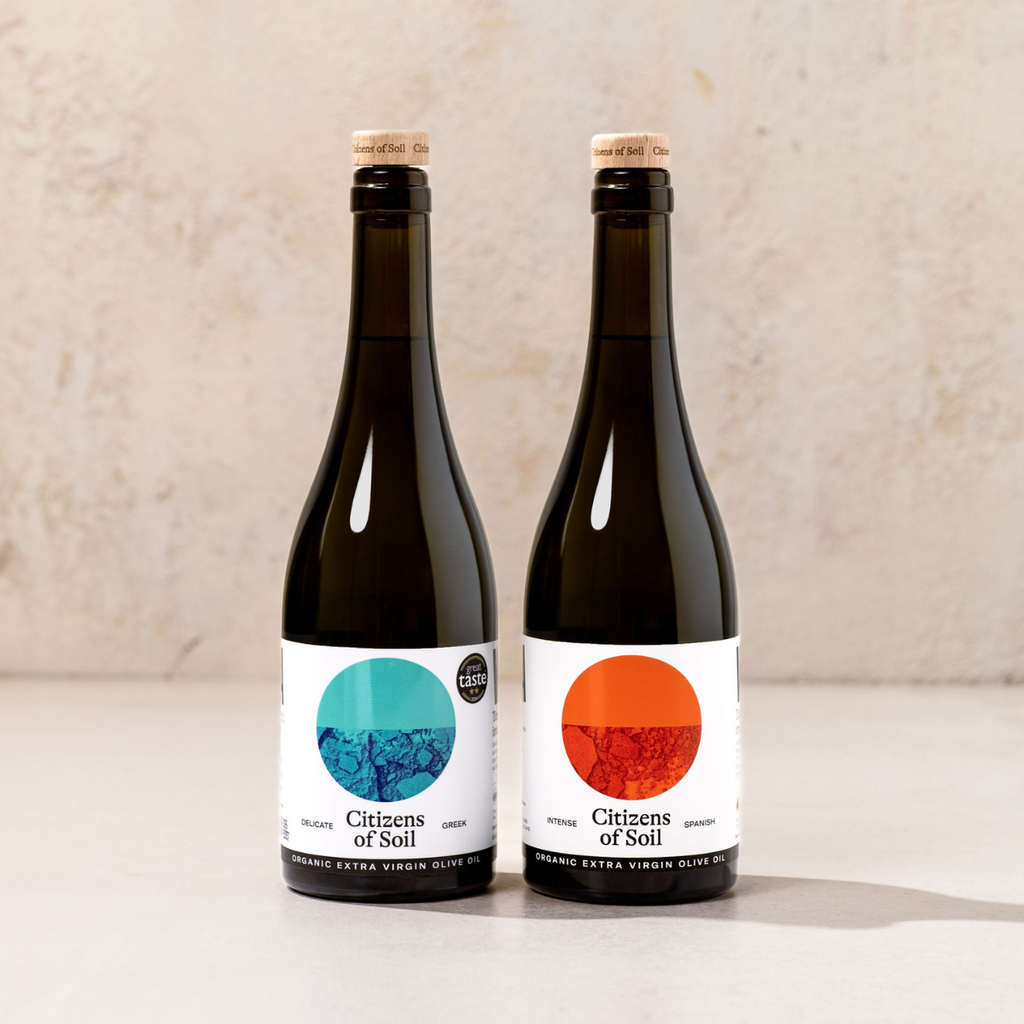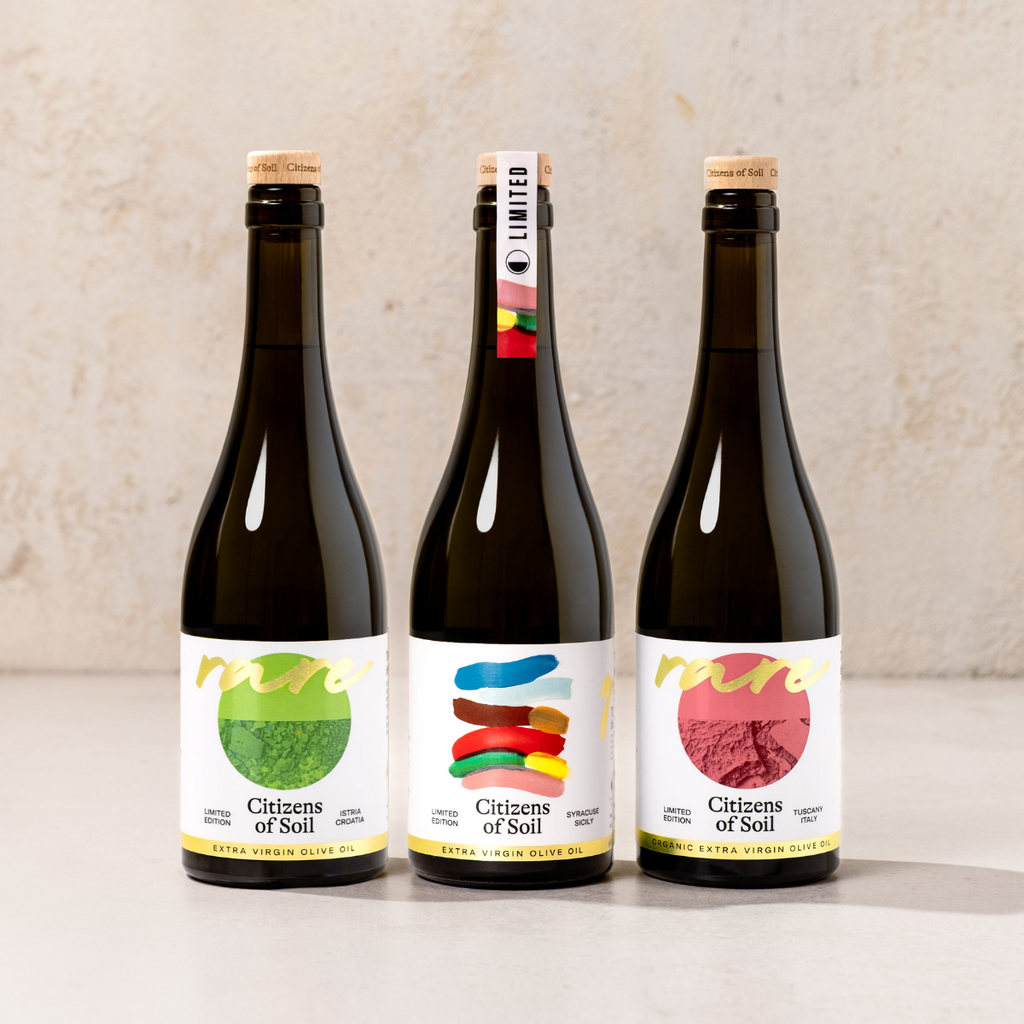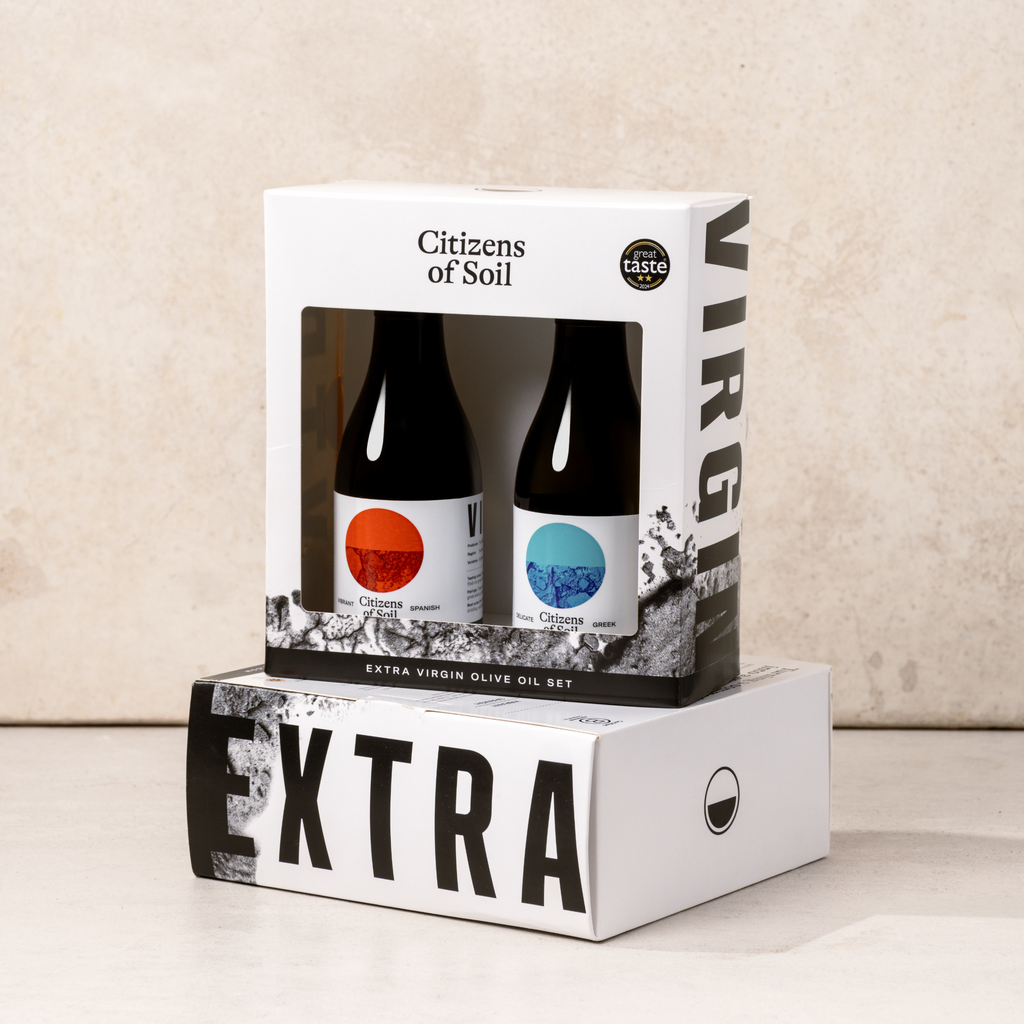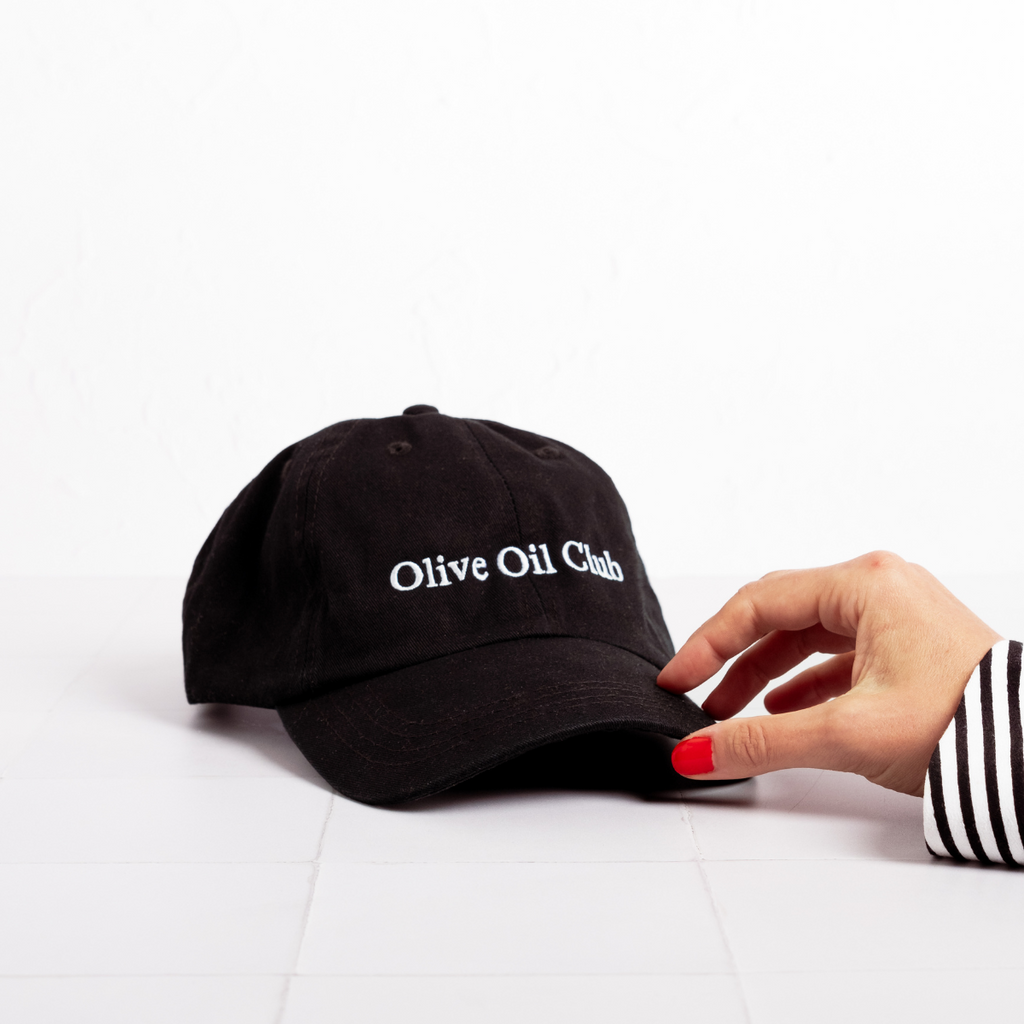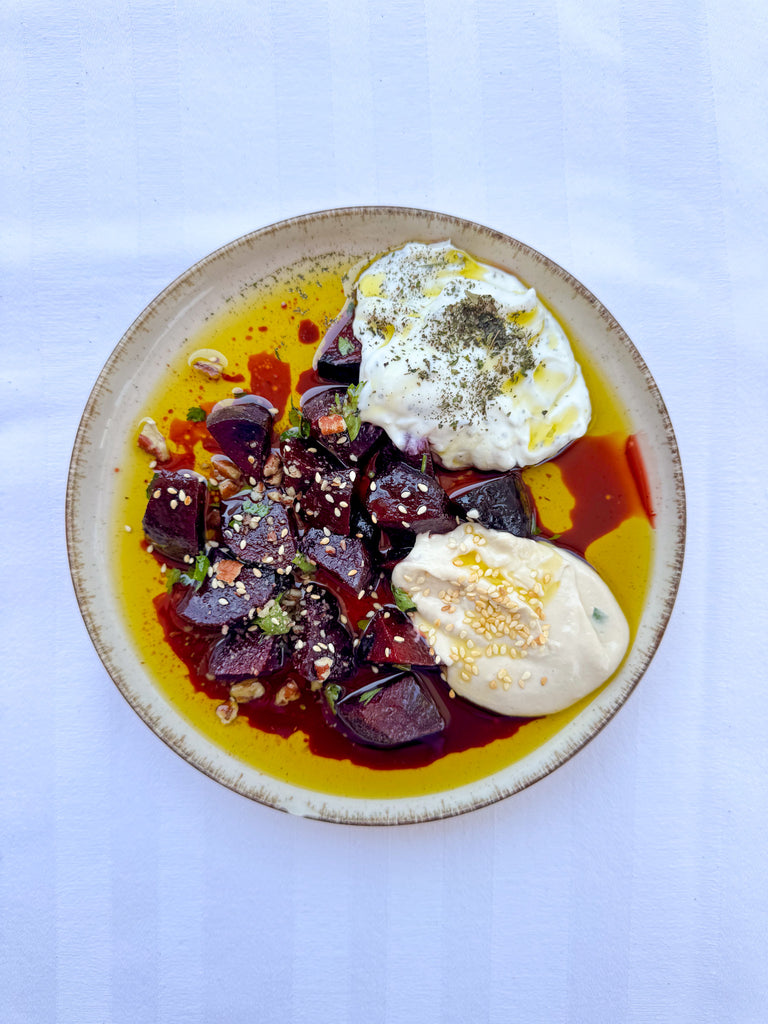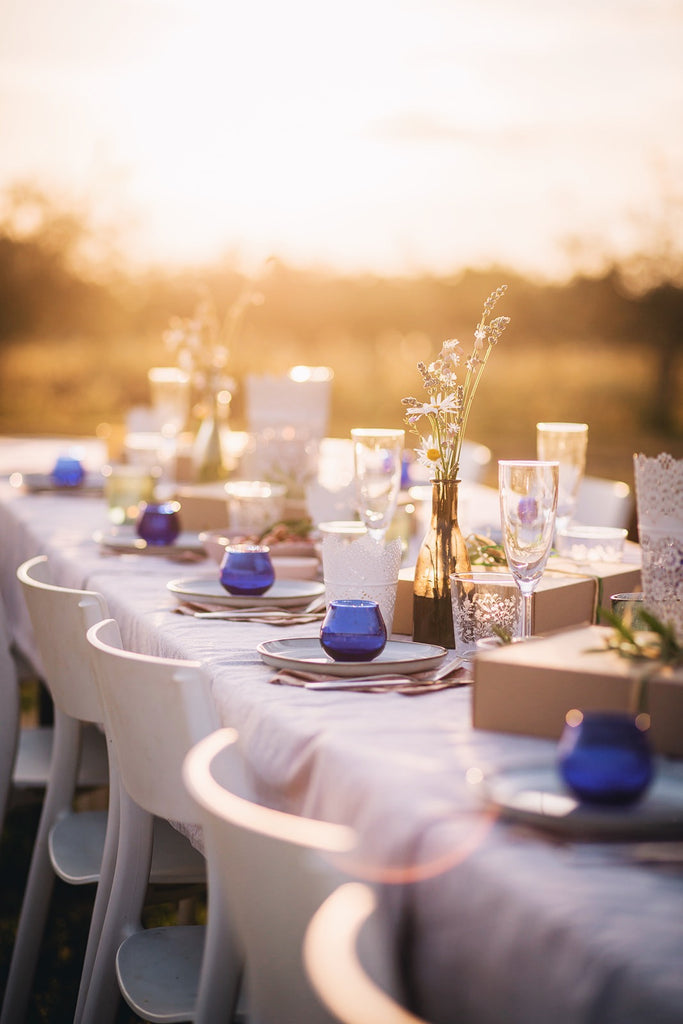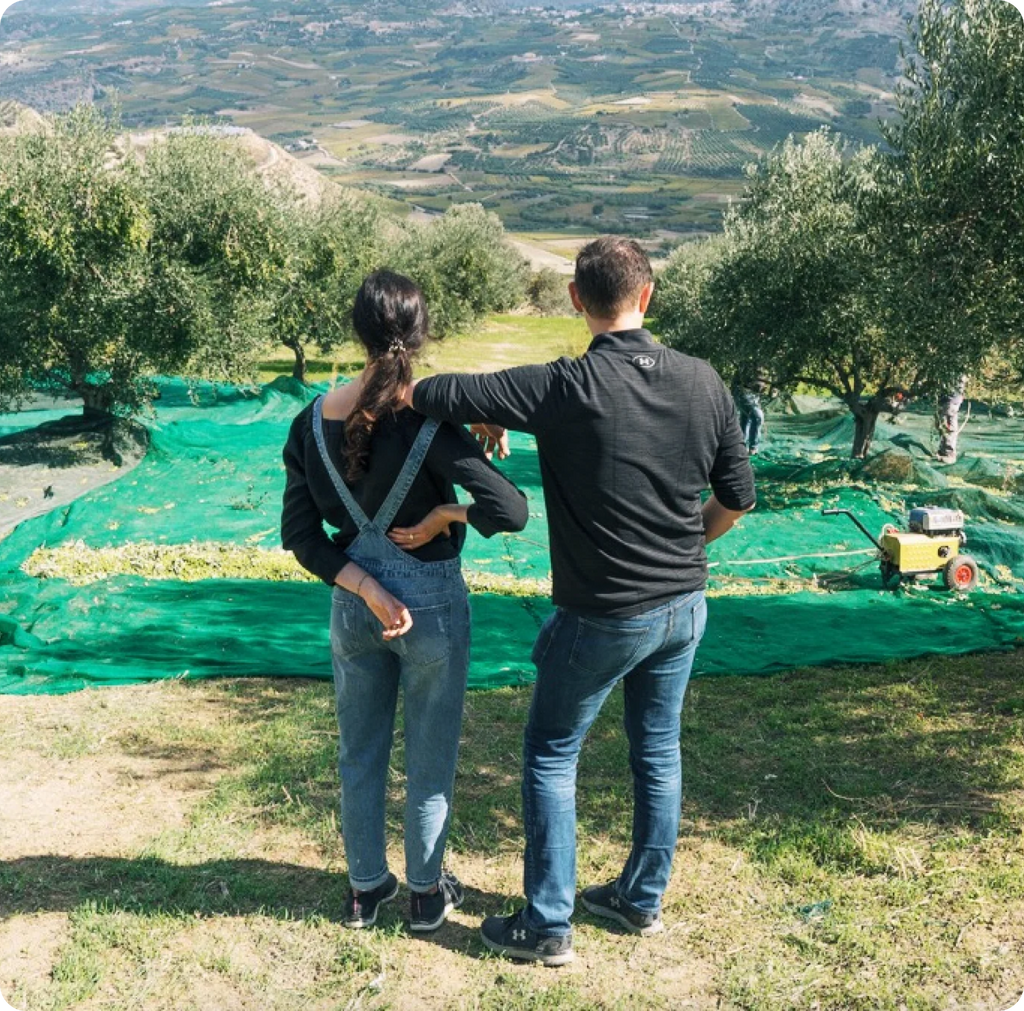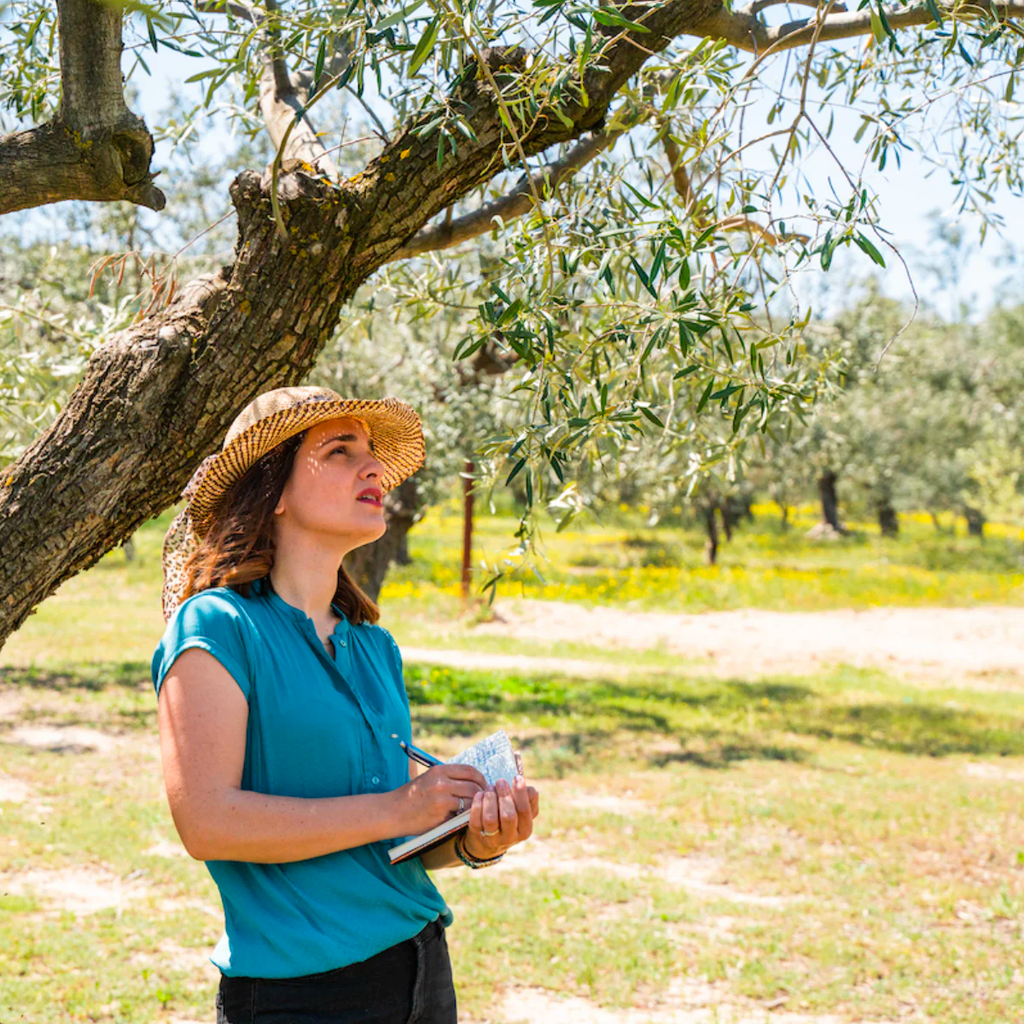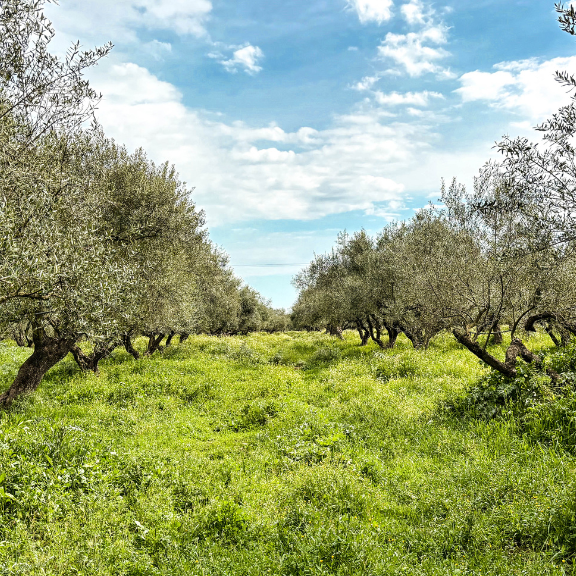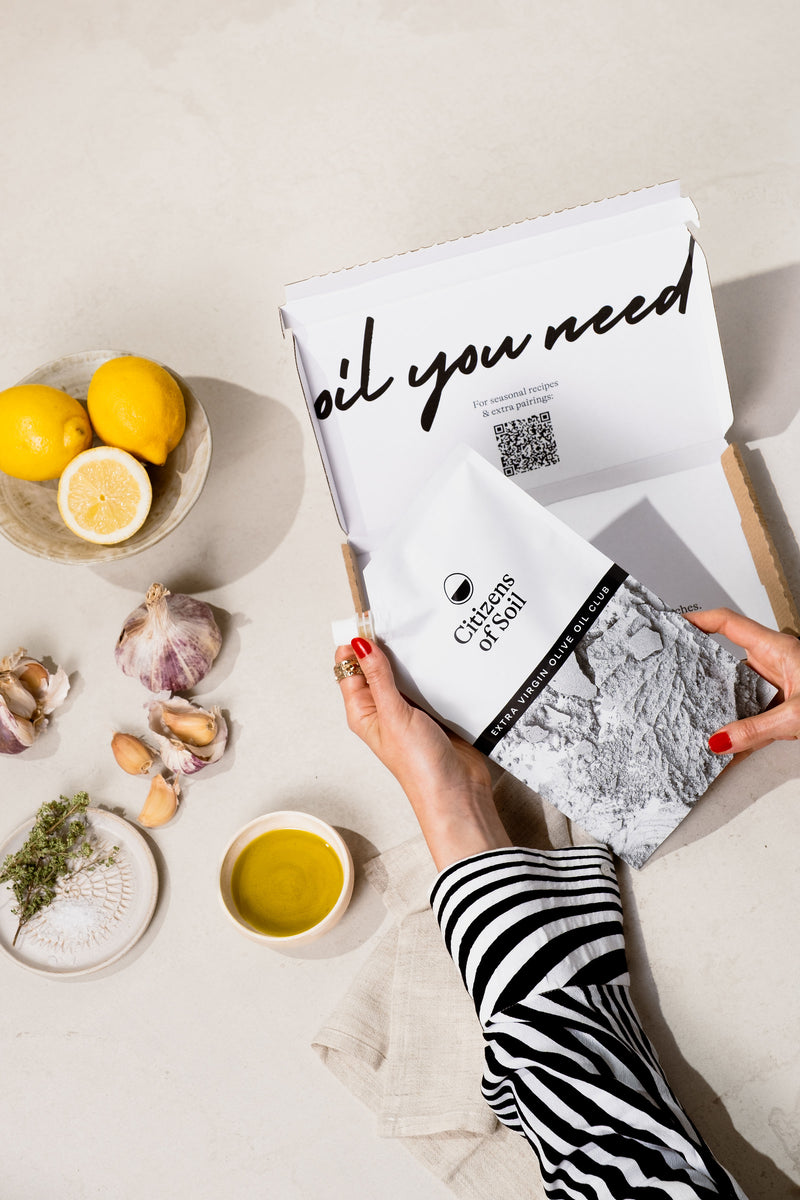The Ultimate Andalucían Travel Guide
Discover a more "tranquilo" approach to travel with our guide to Spain's sunny south. We're talking what to eat, where to go, and why you’ll love it...
“Those who don't have too much of a plan are often the ones that have the best time. When some travellers get frustrated with the late eating hours or shops closing for siesta, I tell them to be a trout, not a salmon.” — Alexis Kerner, international olive oil judge and sommelier based in Sevilla.
Andalucía beckons the curious traveller. Covering almost the entire southernmost coastline of Spain, it has cities packed with tourists, a converging history, and sights that boast glitz and grandeur.
From Sevilla to Málaga to the white villages in between, it has gothic cathedrals, Moorish palaces, and sleepy villages that feel untouched by time.
Wherever you find yourself, there will be a castle up ahead, with olive groves and vineyards stretching as far as you can see.
It’s the birthplace of flamenco, tapas, and sherry. It's also, arguably, the "olive oil capital of the world", with the region being the largest producer globally. So much to do, so much to see, and even more to taste.
But if you really want to experience Andalucía—you have to sit on street corners, engage in lengthy lunches, and wander the narrow streets. Simply see what you stumble across.
In typical Andalucían fashion, don’t rush. Don’t busy your days with sightseeing, tourist traps, and Zumba by the pool in the all-inclusive coastal resorts.
In the words of Alexis Kerner, our go-to Andalucían EVOO expert and leading international olive oil judge based in Sevilla: “be a trout, not a salmon”. Go with the flow in the Andalucían way. Take it easy, and don’t plan too much into those long Spanish days.
So, pour yourself a glass of sherry, or an ice cold caña—and let’s discover all things Andalucía. ¡Vámonos!

Basics
You’re going to need euros, SPF 50 in the summer, a cardigan in winter, and sunglasses year-round. You can drink the tap water and you can use your Monzo. The time zone is GMT+2. And that’s all the boring bits done.
July and August see some fierce heat (and, sadly for our olive groves, extreme periods of droughts). So early spring or late autumn are the best times to visit. The sites are quieter, accommodation gentler on the wallet, and much more enjoyable from a weather perspective.
👀 Note: Always look out for local ferías or holidays. Prices soar during the Easter processions in Sevilla or Málaga as well as for festivals like Los Patios de Córdoba (which is so incredibly charming and a dream weekend in the spring for those who like flowers and visiting historical homes).
Getting there
Flying into Sevilla, Granada, or Málaga is your best bet. If you’re planning a big Andalucían adventure, it’s best to start in Málaga, for practical reasons mainly (under £100 flights? Sí por favor!).
When you’re there, take the slow train for the most scenic routes. Spain excels in high-speed, shiny, bullet-nosed lines, but you’ll discover so much more on the older tracks. Winding through deserts, sierras, and sleepy villages.
Or, if you want to discover the expansive nature and small white villages, rent a car. Outside the big cities, public transport is rather sporadic.
Sarah & Michael, on their sourcing excursion when they met Marina, flew into Málaga, explored the city on foot, and then rented a car for a few days. They were then able to see Córdoba, Jaén and many a small, hilly village along the way. So if I were you, I’d mix it up.
Staying there
Málaga
Hotel Vincci Selección Posada del Patio is built from the evacuated remains of the Moorish walls that once surrounded the city. Its central location, light-flooded rooms and monthly-changing art exhibitions make it the perfect place to stay.
For a more budget option, check out Alcazaba Premium Hostel. Spotless rooms and the perfect place to stay with pals. Best of all, their Batik restaurant (open to anyone) and roof terrace is the place to have a drink and enjoy the views over the Alcazaba and the castle.
Granada
The rough-cut stone and timber ceilings of Hotel Ladrón de Agua give a rustic air within a bustling city. From your balcony, look onto the narrow streets, the Darro river, and high banks lined with trees and tangled bushes.
Sevilla
With romantic courtyards and long corridors linking 18 mediaeval houses, getting lost in Las Casas de la Judería is part of the charm. While the halls are difficult to navigate, it gives you a glimpse into the grandeur of Sevilla’s golden age. There are worse things, after all, than getting lost in Sevilla for a few days. Doubles from €111 a night.
Córdoba
Stay in the impossibly romantic Patio del Posadero. Originally a 15th-century home, restored and reinvented in a bold, contemporary style. All the charm of a small B&B with avant-garde design. Double rooms from €85.
Outside the City
Nestled right between Málaga and Sevilla, Hotel Rural Hoyo Bautista lets you feel like you're living in your Spanish aunt's country house. And if you want somewhere slightly nearer the coast, check out Finca Monasterio. Its 18th century charm, mixed with modern comfort, makes it the perfect country getaway.

Eating there
Málaga
For all my grilled meat and seafood fanatics, head to Asador Inaki. You can trust ‘em. The go-to guys in Málaga for all your grilling needs. Finish your meal with a creme de arroz con leche. Basically a much nicer rice pudding.
Serving tapas to locals since 1938, La Farola de Orellana knows a thing or two. A joyous place in the historic centre.
For a relaxed, buzzy feel head to Lo Guano. Specialities including: local Málaga goat, revuelto (scrambled eggs but, again, better), rabbit, and artichokes.
But the ultimate foodie location in Málaga has to be Mercada de Atarazanas. Full of tiny stalls that sell only one or two items. Head to Manual Bellman Conzalex for all your fishy needs. He’ll even show you pictures of his dogs, if you’re lucky. But the shining star of the market is the central cafe bar. You simply have to eat here. Look for the guy who looks like Jon Hamm, and you’ve found it. They cook everything fresh to order, and you can tell.
Essentials to squeeze into your luggage: a sweet fortified wine made from Pedro Ximenez and Moscatel, as well as some Málaga raisins. Oh, and obviously all the jamon you can find.
Granada
At traditional tapas bar Chantarela, a large chunk of tuna arrives with the first glass of wine (which is only €2, btw). With the second, brochettes de cerdo (fat medallions of pork). Many can’t survive the third. But I simply must know what it is. So please let us know if you go.
Sevilla
Bar Ambigu doesn’t look like much. But for €7.50, you can get a set, rather divine, lunch menu. Paradise for the stingy foodie.
Córdoba
Bar Santos provides the most famous tortilla in the city, along with some classic tapas and tall beers. With long queues and fast service, it’s an ode to the classic Spanish stand-up counter experience—in the very best way.
Another old-school local (as this is what Córdoba does best) is Bodega Guzman. Go for the excellent Montilla (the city's version of sherry) straight from the barrel surrounded by a collection of bullfighting memorabilia. Again, this isn’t fine dining, but it’s fine food.
Local tip: To get the Montilla, just ask for the "vino fino" at the bar.
Outside the City
There is no need to limit your culinary ventures to city walls. Restaurante Museo Molino Blanco is hidden away in the countryside. But it’s a spot that can't be missed if you are on a foodie tour of Andalucía.
One place I have to mention is El Paraje del Chef, Laroles. An adults-only foodie escape. Yes, they exist. With a nightly menu of fusion dishes, using ingredients from local farms and the Granada food markets. The surrounding Alpujarran countryside is the perfect place to stagger around each morning, plump and happy, after all the goodness of the night before.
Exploring there
Málaga
Whenever I’m in Málaga, I head to the Alcazaba (only €3.50 entry), the old Arab fortress, for a meditative walk. Sounds of soothing fountains singing as you have your main character moment.
But if you are looking for a little more nightlife, the drinking culture in Málaga might be the best in Spain. The crowds that gather in rooftop cocktail bar Cabolta 15 are expertly-coiffed señoras. But despite its swanky pretensions, the vibe is laid-back. And the drinks, immaculate.
Granada
A bit like Agra, India, and the Taj Mahal, Granada is well known for a single monument—the Alhambra: walled fortress containing magnificent Moorish palaces and gardens. But it’s got so much more to offer than just this. The ultimate Granada experience must include a late-night flamenco performance in the ‘caves’ of the Sacromonte hill beyond the Albaicín. Venta El Gallo has a reliable roster of performers. On some nights one-hour flamenco classes are offered, too. Olé!
Sevilla
Sevilla is a buoyant city packed with culture. And it can be a tiring one to explore. So rest those tired feet at the Aire de Sevilla thermal baths. Pop on your swimmers and a robe before descending a candlelit stairwell to the salt pool in the oldest part of the spa. After, relax in the courtyard with a big glass of lemony water. Entry on weekends starts from €37.
Córdoba
Many sweep through Córdoba on their Andalucían adventure. From glorious monuments like the Roman bridge built in the 1st century, to narrow crooked streets bordered by the whitewashed walls of Juderia. Don’t be that transitory tourist. Give Córdoba a chance. It will surprise you. Lean into your inner “salmon” and slowly stroll from patio to patio, watching the locals water their iconic red flowers as you stop off at new tapa spots along the way.
Outside the City
Alexis, our on-the-ground EVOO expert, suggested Setenil de la Bodegas as a place of pause. With whitewashed houses built into surrounding cliffs, and a hilltop castle that was once an Arab fortress, it shows the best of small town Andalucía with an insanely striking, mind-blowing views
Spain is the largest olive oil producer in the world, ahead of Italy and Greece—even despite the record drops in production due to the climate crisis.
And Andalucía? Well that’s its epicentre. Called the “sea of olives”, the Jaén area of Andalucía has a growing area roughly the size of Wales. Learn more at the Centro de Interpretación Olivar y Aceite, a learning centre of all things EVOO, with exhibits on its history and production.
The most common misconception is that Spain in general is just for summer. In the case of Andalucía, it’s just so wrong.
An Andalucían winter by the sea sees blindingly bright sun, a balmy 18 C and a clear turquoise-blue ocean.
If you want to escape the bleakness of British winter, stay at The Sea Retreat — a new surf camp on the coast between Cadiz and Tarifa. Offering sunshine and perfect waves, with low prices and friendly vibes. You wake to roosters crowing and fall asleep to a sky flushed with stars.
—
I know. A lot to see, a lot to do, and a lot to eat. But remember, the trick is to take it slow. Lounge on street corners, drink ice cold Alhambras, and hum gently to the sounds of Flamenco.
If you want a small taste of the Andalucían life without the flight, grab a bottle of our newest EVOO hailing from Marina’s grove nestled between Málaga and Sevilla.
In Andalucía it’s all about embracing those happy accidents. So be a trout, not a salmon.
Suggested holiday reads: Get hold of a copy of Lorca’s Granada by Ian Gibson to fall under the poetic spell of the city. Or, more obviously, The Alchemist by Paolo Coelho for the classic story of an Andalucían shepherd boy in search of a worldly treasure.
—Author: Kate Carruthers, Copywriter & Recipe Developer
"I write copy people want to read. That people can't resist sinking their teeth into. Especially if it's about food, drink or hospitality. Currently freelancing at Ottolenghi, I bring a touch of fun to a world that can sometimes take itself too seriously. Because, at the end of the day, that’s what it is all about. Fun.”

